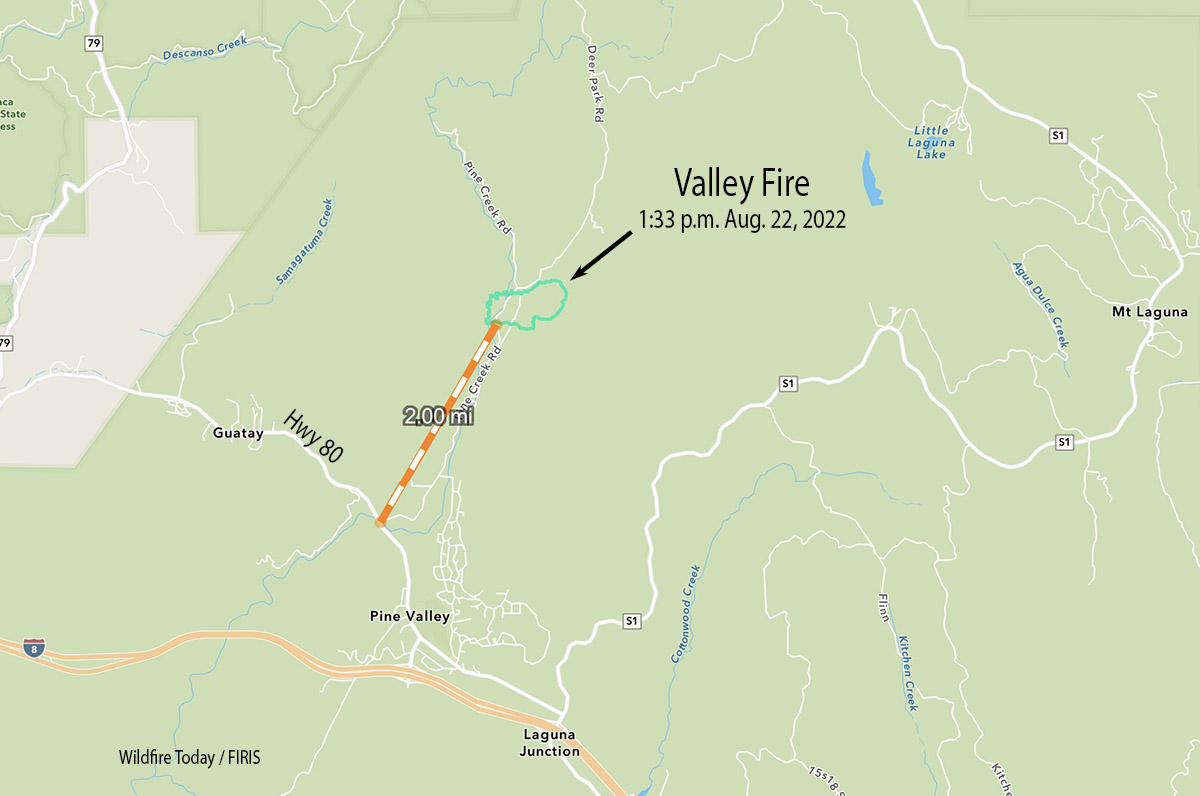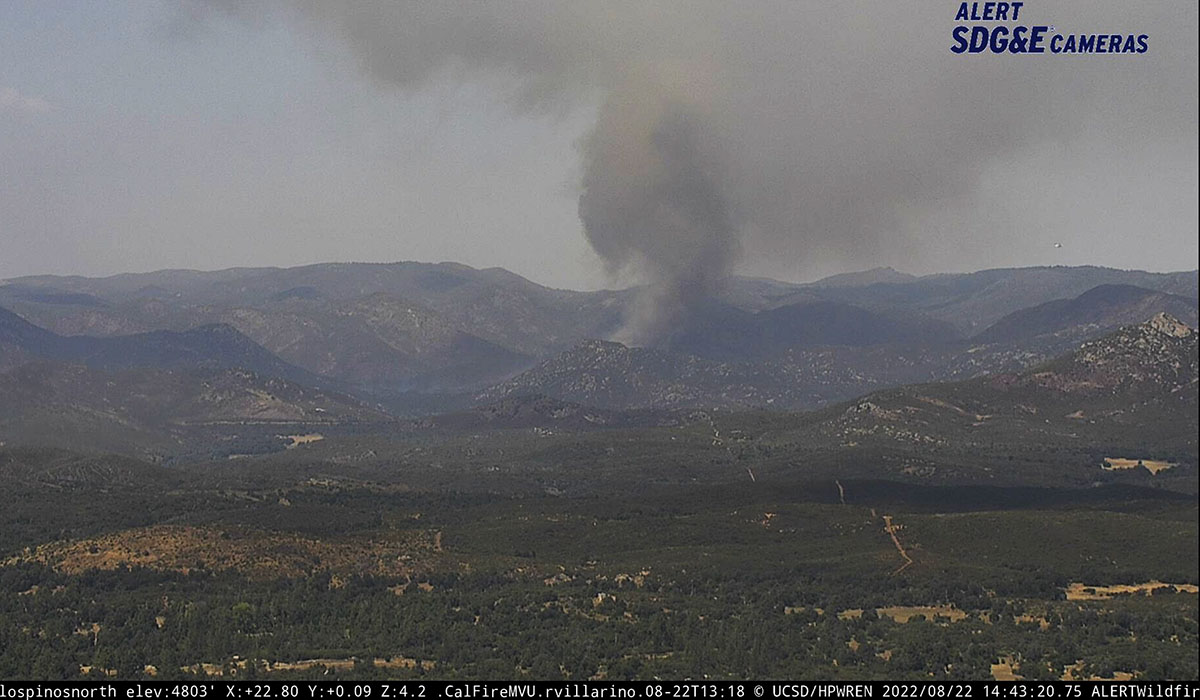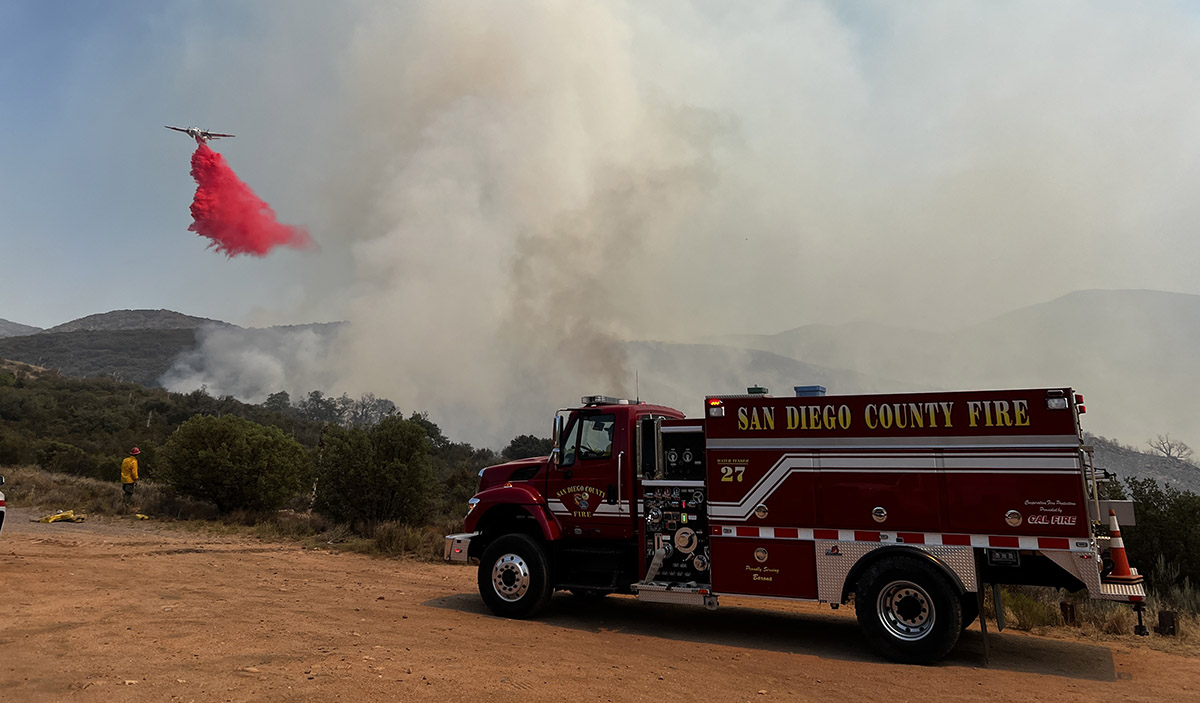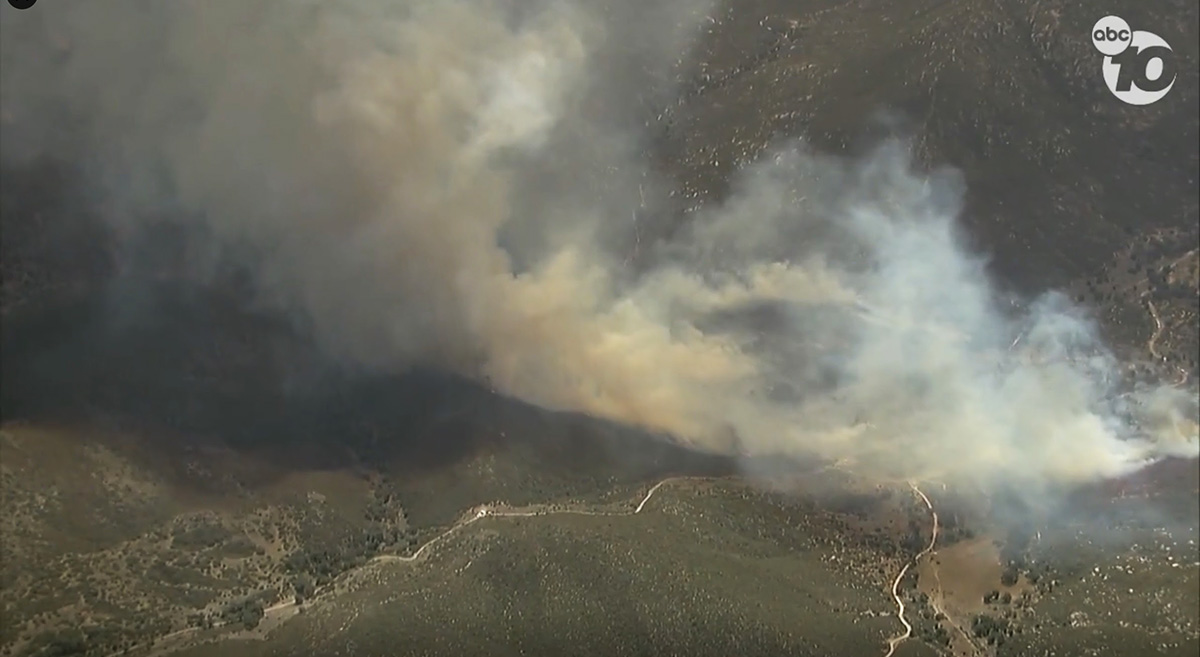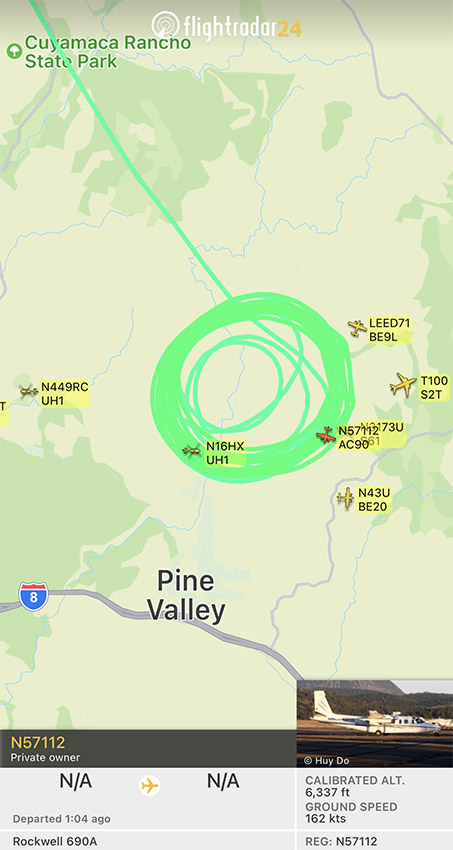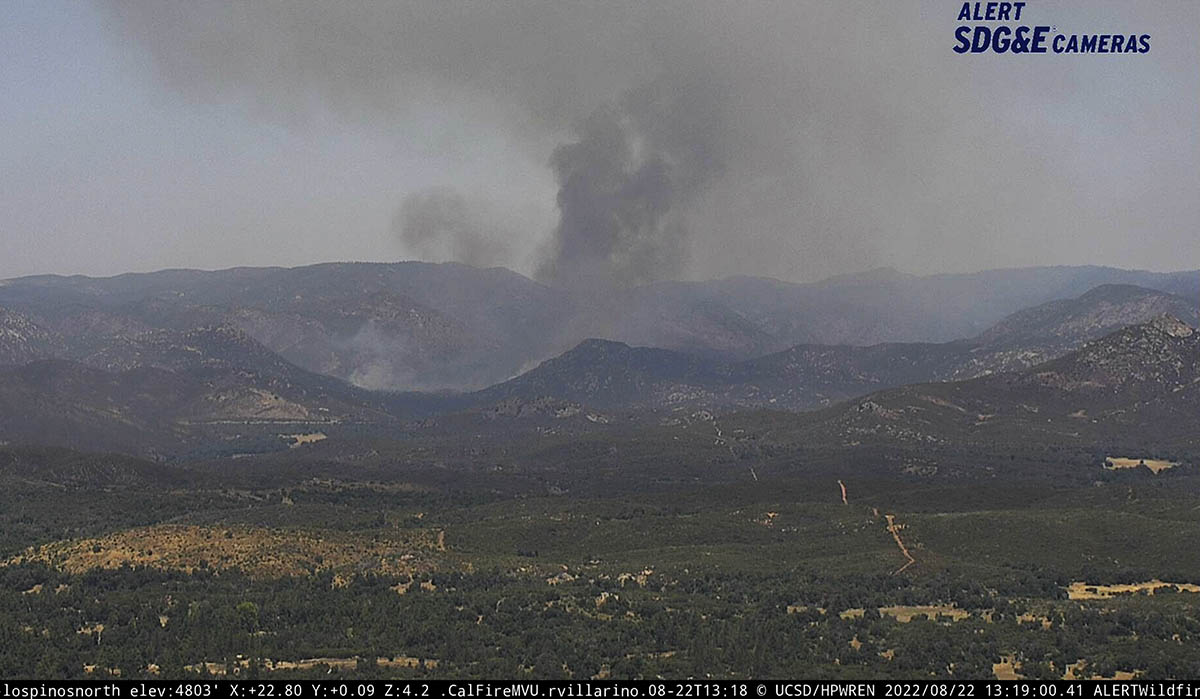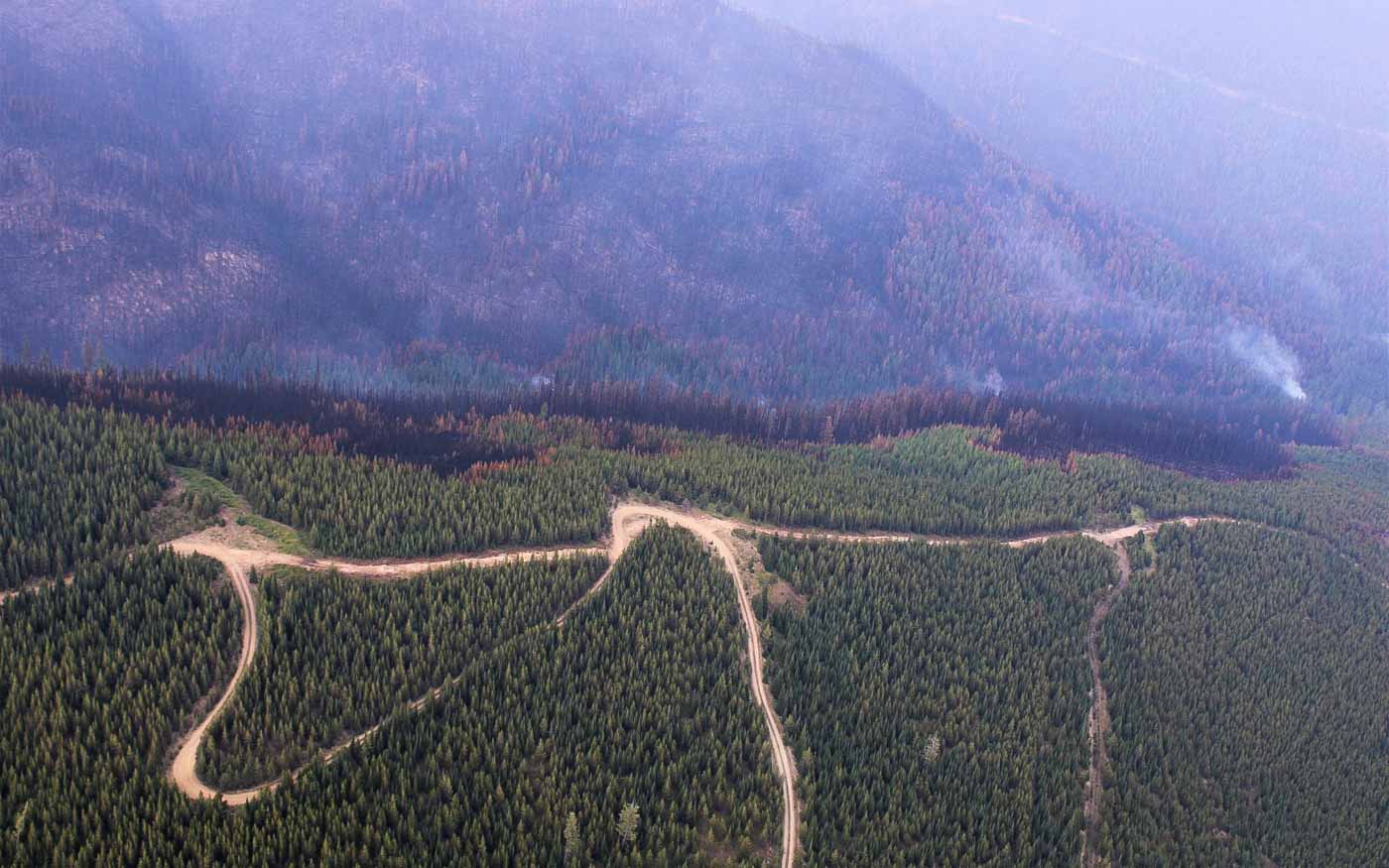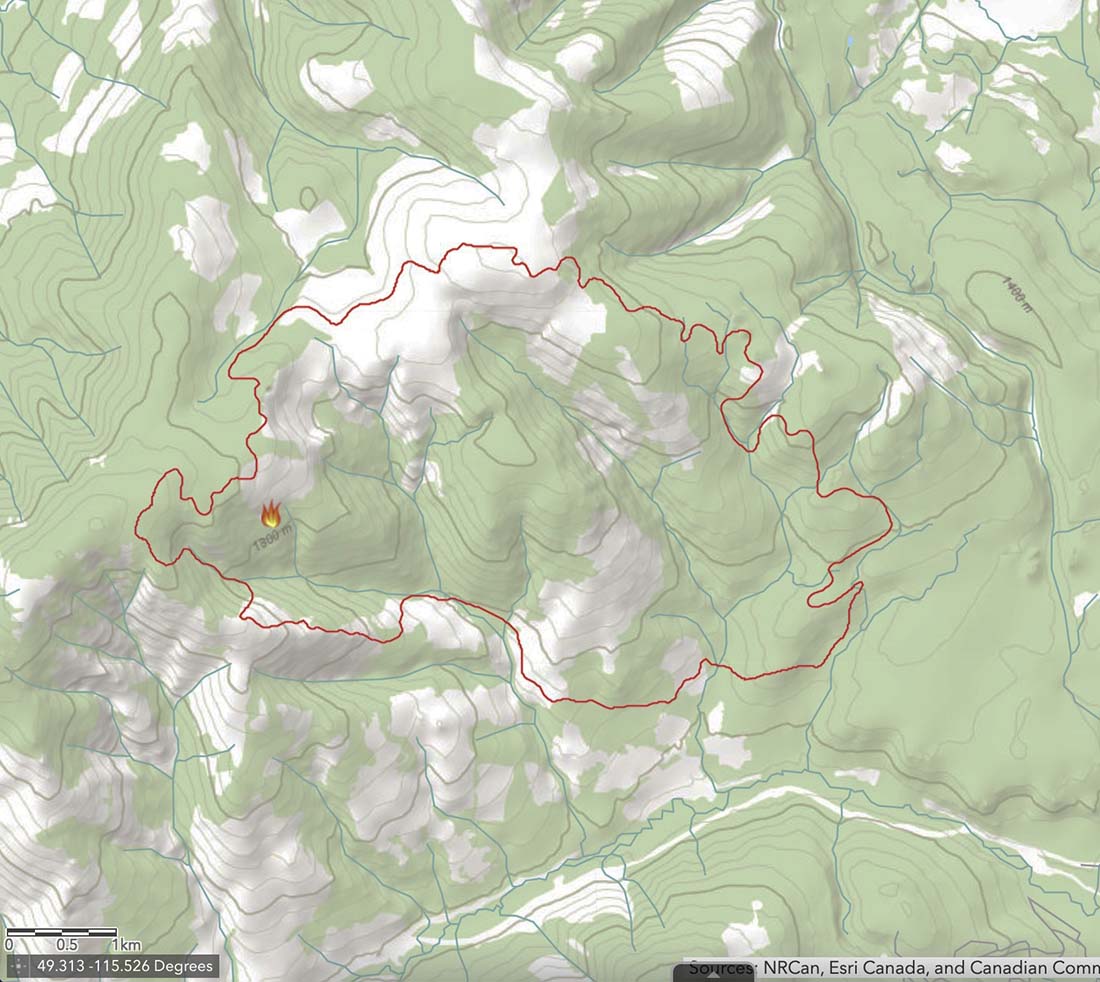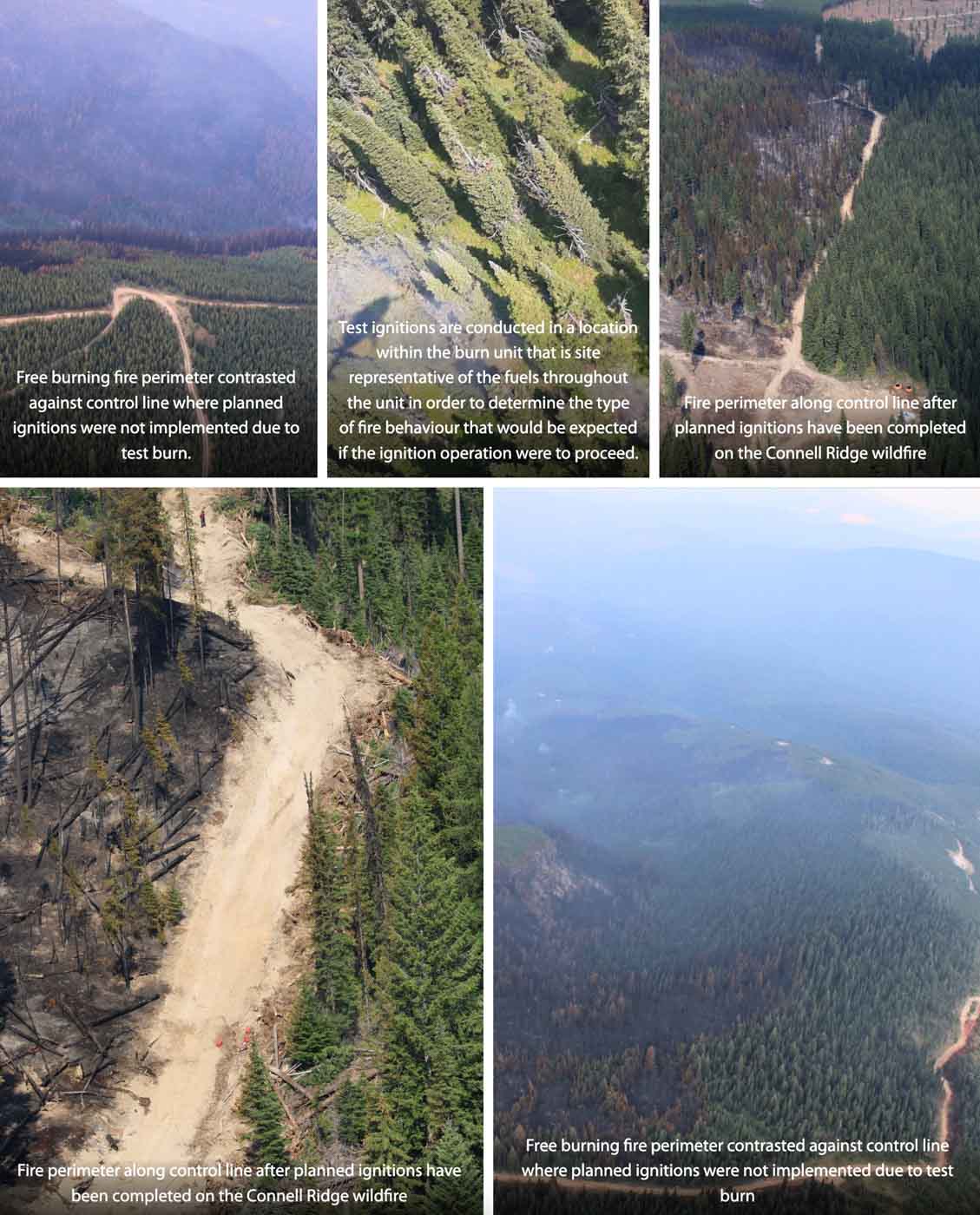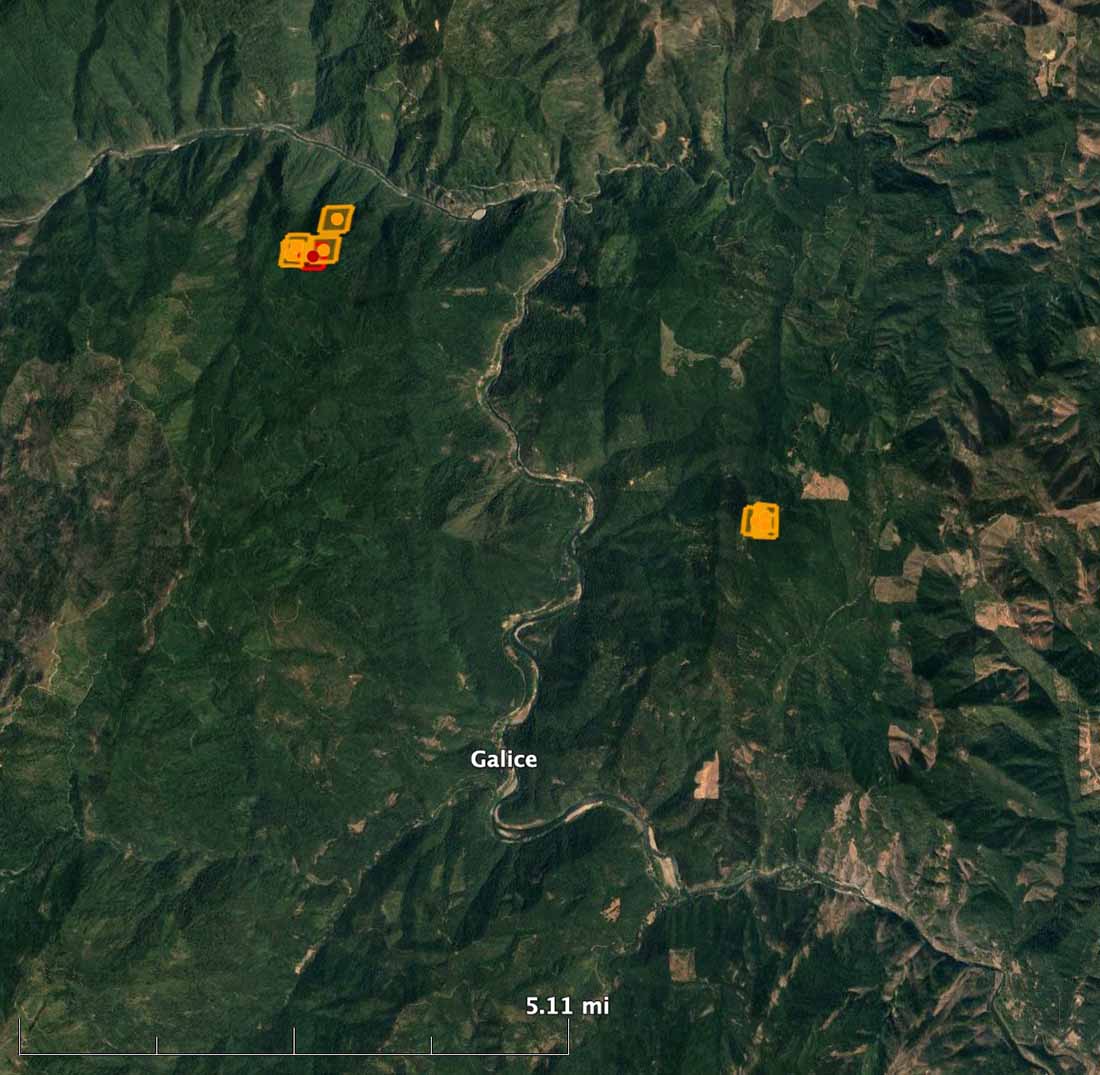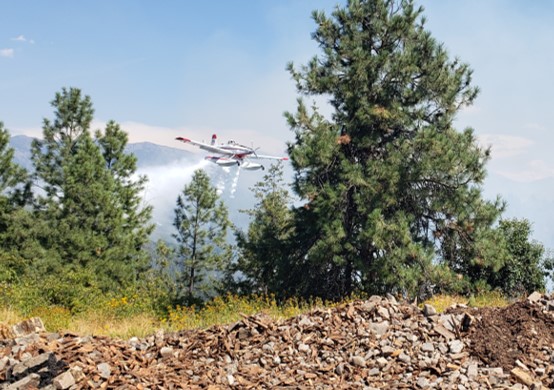
Firefighters on the ground battling the Moyie Fire had to wait on aircraft support because a civilian drone was being flown in the area August 21 near Moyie Springs.
Aircraft ordered for the fire could not immediately fly because of the drone.
“The residents of approximately 50 homes in Moyie Springs were notified of the fire and the potential need for evacuation,” said Josh Harvey, Idaho Department of Lands Fire Bureau Chief. “Clearly, we needed to get air support for the firefighting effort as soon as possible and the drone put that on hold. Unfortunately this type of situation is not uncommon. We are reminding the public that drones can put firefighters, homes, and resources at risk.”
After the drone was gone, multiple firefighting aircraft went to work attacking the fire repeatedly while ground crews constructed a fire control line using hand tools. The fire was kept to three acres.
It is very dangerous to fly a civilian drone near a fire at which helicopters or fixed wing aircraft are operating. A collision could impact the windscreen or damage the engine, props, rotors, or flight control surfaces, causing a crash. If a drone is seen near a fire the standard operating procedure is to remove all aircraft from the fire area until it is confirmed that the drone has left the scene. In other words, it interferes with firefighting efforts.
It’s a federal crime punishable by up to 12 months in prison to interfere with firefighting efforts on public lands. Additionally, Congress has authorized the FAA to impose a civil penalty of up to $20,000 against any drone pilot who interferes with wildfire suppression, law enforcement, or emergency response operations. The FAA treats these violations seriously, and will immediately consider swift enforcement action for these offenses.

